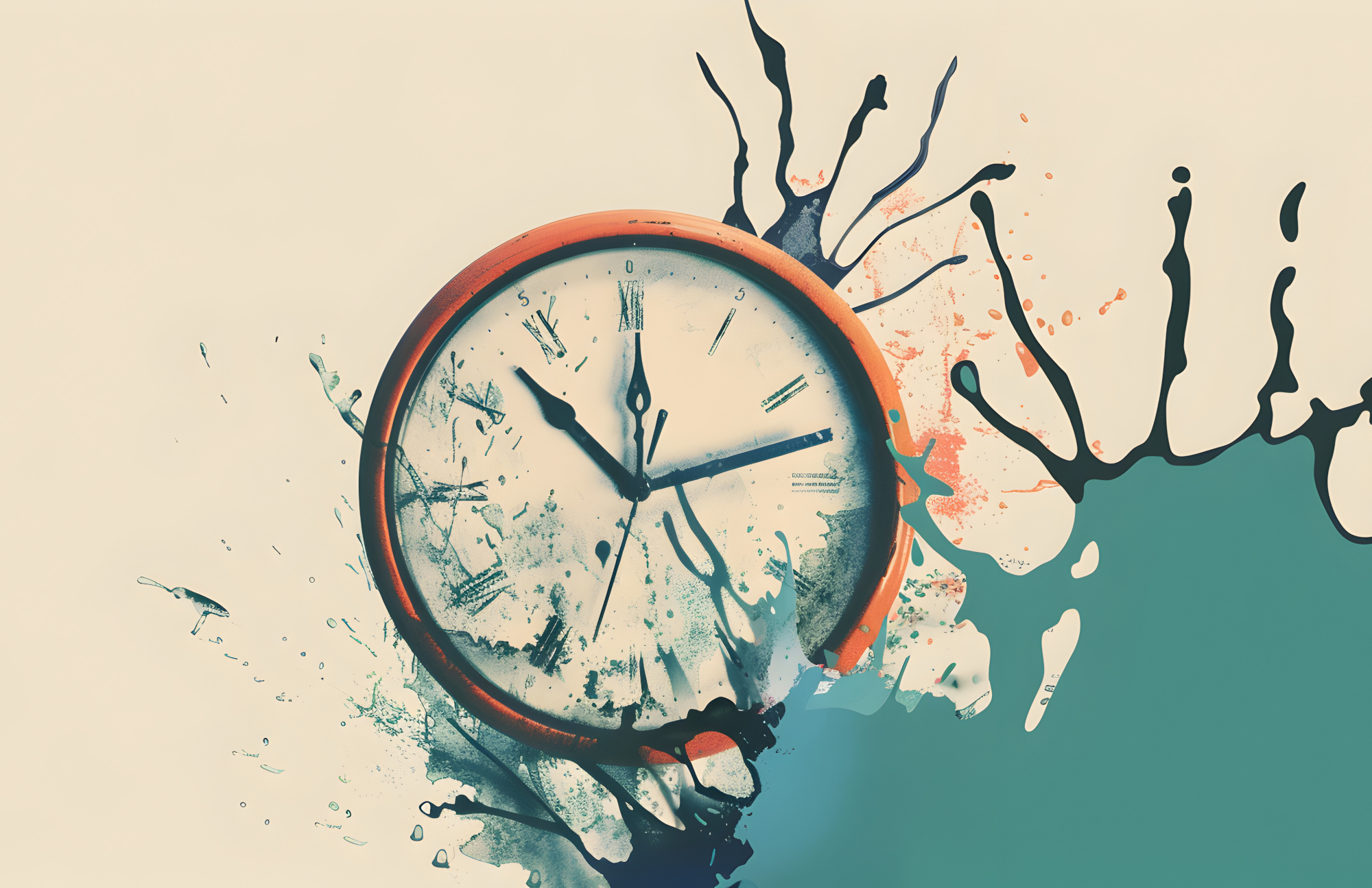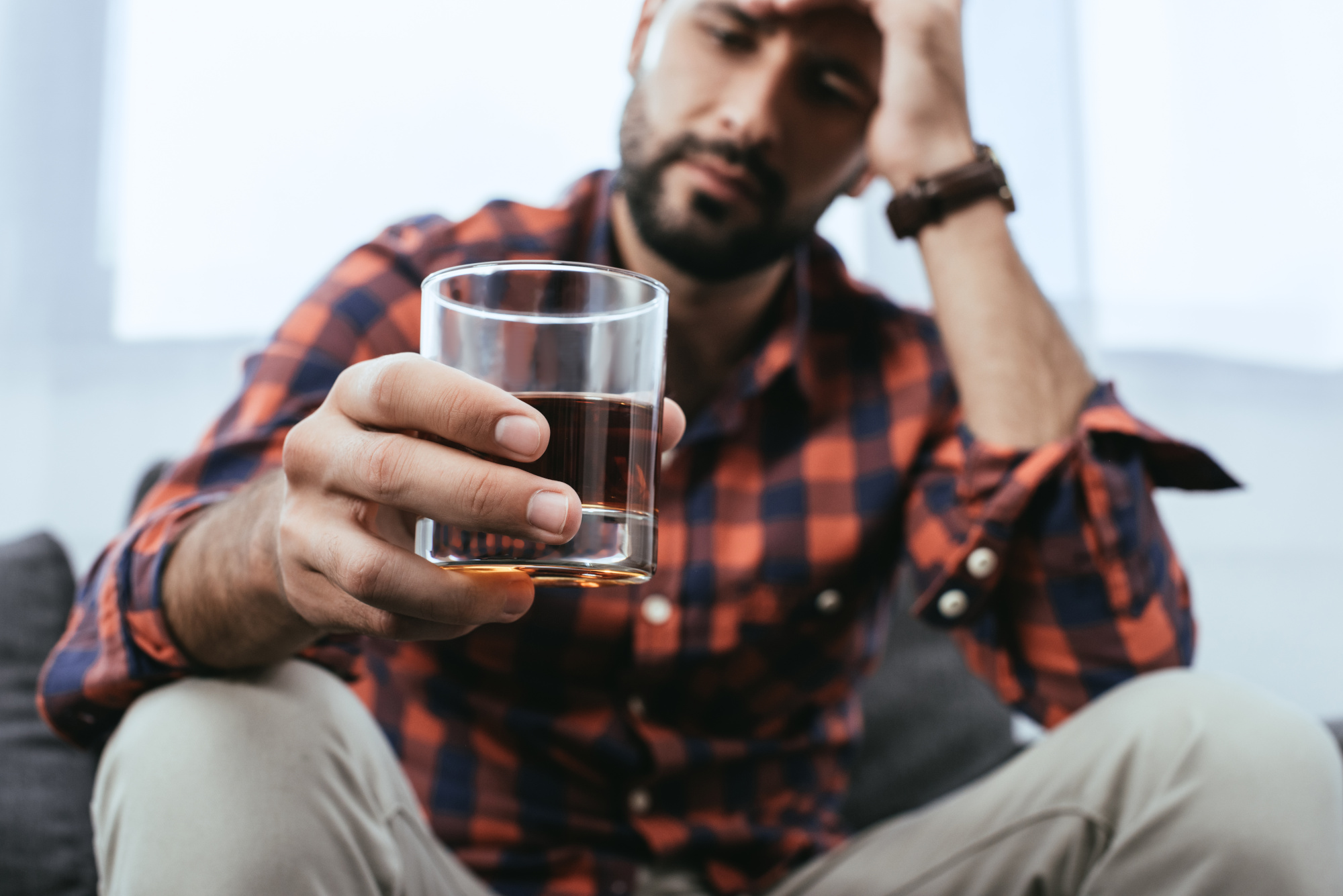Going to rehab is a difficult decision. It requires a person to admit they have a problem, and to commit to facing that problem head-on.
But how does a person convince a loved one to seek treatment for addiction? The right encouragement could well be the push a loved one needs to seek recovery.
Keep reading to learn more about helping a loved one take the first step to recovery, while comfortably discussing rehab.
Hear What They’re Saying
It’s easy to forget drug addiction isn’t just a choice someone makes. There are many things that drive a person to use drugs and, once they do, their brain can be literally rewired to crave drugs, no matter how bad it is for their health.
If you want someone to listen to you, you need to first listen to them. Try to understand what your loved one is going through, what is driving them to do drugs, and why they haven’t sought help yet.
Now it needs to be noted that we are not claiming a person addicted to drugs is always right. For example, many people who are addicted to drugs feel it is impossible to kick the habit, which it isn’t.
What is important is that you approach the conversation of having them go to a rehab facility with care and empathy. You can’t make them feel stupid or weak, because they aren’t. They’re sick and they need help.
Understand Addiction for Everyone’s Sake
Related to the above, you should be sure to research addiction before broaching the topic with your loved one. This will make sure you’re informed and can dispel any myths you or they might believe in.
For example, despite being one of the lesser-regulated drugs on the market, did you know alcohol addiction is one of the harder addictions to beat? Alcohol withdrawal hits really hard and can be a huge challenge to overcome without professional help.
One of the most important things to understand about drug addiction is how it rewires the brain. While the exact mechanics vary by drug, the body and brain grow to crave addictive drugs the more they’re used.
This can do a few things. First, it can make it difficult, on a chemical level, to find joy in everyday activities. Your brain can get used to being “supercharged” by a given drug, making that feel normal and actual normal feel bad.
Second, in part because of the above, the body and brain can go haywire as the drug leaves the system. Having grown used to the effects of the drug, a person goes through what is called withdrawal when it leaves.
While we’re painting in broad strokes (drugs are extremely varied in nature), withdrawal tends to be the hardest part of kicking a drug for many people. It can be painful and may even be dangerous without the help of medical experts.
Approach With Compassion But Be Firm
It’s often easy to ignore someone’s struggle with addiction. It requires a hard conversation (often many conversations) and helping them is sure to be time-consuming.
While it is true you cannot force someone to go to a rehab center (nor would it be helpful), you can’t be complicit in their addiction. If it’s clear they have a problem, you need to take it seriously, even if they don’t.
It’s a very fine line one has to walk when dealing with someone struggling with addiction. At the very least, you shouldn’t feed their addiction with money or tolerate theft or other actions that are hurting you or others.
As for what to do if you notice troubling behavior, it’s a hard question. The police should only be a last resort; the police are not counselors and jail is not a good place for people dealing with addiction.
We recommend having a hard conversation if you notice someone is ruining themselves or you financially. Talk to them about how they need help and are damaging not only themselves, but other people as well.
The tone that conversation takes is important too. Remember, they’re not evil, they’re sick. Frame seeking help as a way to both escape the way they feel and to stop hurting people; it will help them have control again.
Approach Addiction as a Disease
One thing many people lose track of, both those dealing with addiction and those trying to help, is that addiction is a disease. It is a compulsion of the brain and body that drives someone to do drugs in a self-destructive way.
It is something of an “invisible disease” in that, on the surface, it just looks like someone making bad decisions. However, it’s far more than that.
Moreover, something drove that person to do drugs even before they were addicted. That underlying cause often doesn’t go away once they start taking drugs; disease or not, something may be causing them real pain that they feel the need to escape.
Our facility can offer a number of treatment options, like our evidence-based program meant to use the latest in medical science to treat our patients in a way proven to be effective.
There are a few ways to treat addiction, and our facility tries to offer many options for the variety of patients we see. What isn’t recommended by any medical professional is trying to cure one’s addiction on their own.
Make sure not just you, but your loved one, knows addiction isn’t their fault. They’re sick and need help to get better. There’s no shame in that, but it does mean they need to enter a rehab program if they’re to have a good chance of recovery.
Going to Rehab Is a Step Towards a Better Life
For people struggling with addiction, going to rehab is one of the best decisions they can make towards achieving a better life. Experts will give them the tools they need to fight addiction and start towards recovery.
If you have questions about our facility or programs, contact us today. We can also connect you with detoxing services if you’re interested in our programs, but need to undergo more extensive care first.







